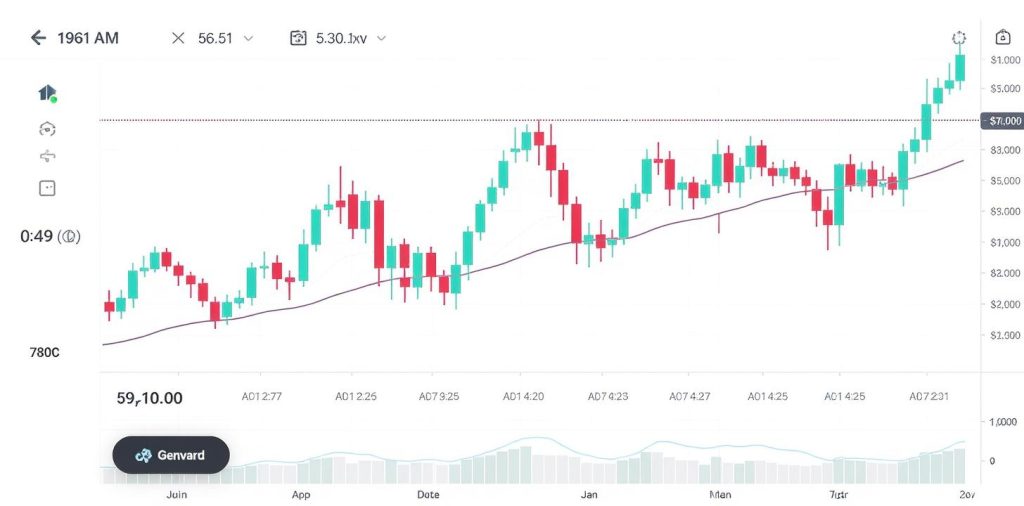Binary options are often sold as the quick-fix version of trading—straightforward, fast, and wrapped in the simple yes-or-no structure. But while the format might be simplified, the underlying assets they’re based on are anything but. Traders still need to understand what they’re actually betting on, because the payout has everything to do with how that asset moves, not just what the trade looks like on the surface.
At their core, binary options are contracts that allow you to speculate on whether the price of an asset will go up or down within a set time frame. That means they can be based on anything with a price that moves. The asset is just the thing you’re betting on. But not all assets move the same way, and not all brokers offer access to the full range. Here’s how the asset side of binary options actually works.
Currency Pairs
Forex is the most commonly used market for binary options. That’s mainly because currency pairs are always moving, they trade around the clock, and the data is easy to track. When someone trades a binary option on something like EUR/USD, they’re making a call on whether the euro will strengthen or weaken against the dollar over the next five minutes, hour, or day—depending on the expiry they choose.
Most platforms stick with the major currency pairs. These are the ones that involve the US dollar on one side and have high trading volume. Think EUR/USD, GBP/USD, USD/JPY, AUD/USD. Minor and exotic pairs are offered less often, partly because they’re harder to price accurately and can be more volatile, which isn’t always a good thing in binary trading where the win or loss is fixed and doesn’t reflect the size of a move.

Stock Indices
Stock indices are another staple of binary platforms. You’re not trading a company like Apple or Amazon, you’re trading a group of companies bundled into an index. That makes things a little smoother, price-wise, because indices don’t usually spike in the same way a single company stock might.
Examples include the S&P 500, Nasdaq, FTSE 100, DAX, and Nikkei. These are popular because they follow broader market trends and are less sensitive to company-specific news. Binary options based on indices tend to move on economic data, interest rate decisions, and major geopolitical events.
Commodities
Commodities are often listed as tradeable assets in binary options platforms, especially gold and crude oil. These are highly liquid and globally watched. Gold is seen as a hedge, a safe bet in volatile markets. Oil moves more erratically, driven by supply data, political tension, and OPEC decisions. Natural gas, silver, and agricultural products like corn or wheat are also available on some platforms, but they don’t attract as much volume.
There’s also a timing issue. Commodity markets don’t run 24/5 like forex, so traders have to factor in session times and market closures. Some binary platforms offer synthetic prices that let you trade outside those hours, but those come with risks in terms of pricing accuracy and volatility.
Individual Stocks
Binary options based on individual equities offer something closer to traditional stock trading, except without ownership. You’re speculating on whether a specific stock will end higher or lower within the expiry window. This is where things get trickier. Stocks are reactive. They jump on earnings, drop on scandal, and shift based on a CEO’s haircut. That means binary options on individual stocks carry more event risk.
Not all brokers offer a wide range of stocks, and the ones that do usually focus on the big names—think Facebook, Apple, Google, Tesla. Trading binaries on these names means you’ve got to know your dates. Earnings reports and product announcements can blow up your trade even if the broader market is quiet.
Cryptocurrencies
In recent years, some binary platforms have started offering cryptocurrency assets like Bitcoin, Ethereum, and Litecoin. These are among the most unpredictable assets to trade on a binary format. They don’t follow traditional patterns, they react to news that’s hard to track, and they can swing by 5–10% in a matter of minutes.
Binary options on crypto are usually priced with wider spreads and may come with more restrictive trading windows. Some platforms simulate crypto prices using synthetic assets, which creates additional risk, especially in periods of low volume or high volatility.
ETFs and Synthetic Indices
Some platforms are now offering binaries on ETFs—exchange-traded funds that track sectors like tech, healthcare, or emerging markets. While similar to indices, ETFs can be more targeted and allow traders to speculate on narrower trends.
Synthetic indices are a different beast. These aren’t tied to any real-world asset. They’re generated by algorithms that simulate market behavior. Traders like them because they’re available 24/7, but there’s a lack of transparency on how prices are set, and they’re only available on platforms that develop their own pricing engines. You’re trusting the house a lot more with these, which isn’t necessarily a smart play unless you understand the risks.
What Actually Matters When Choosing the Underlying Asset
Most binary traders don’t care what they’re trading. They care how it moves. The tighter and more predictable the asset’s movements are, the easier it is to call the outcome. That’s why currency pairs and stock indices remain popular—they’re liquid, trackable, and not prone to massive surprise moves. The more exotic the asset, the more guesswork involved.
Asset volatility, time of day, upcoming news events, and broker liquidity all play into what you should trade. Binary options strip out the complexities of order sizes and margin, but they don’t change the fact that every market has its own behavior. Understanding that behavior is where the actual edge comes from.
In the end, binary options aren’t about finding the best asset—they’re about finding the asset that matches your timing, your risk tolerance, and your ability to predict short-term direction. Everything else is just window dressing.